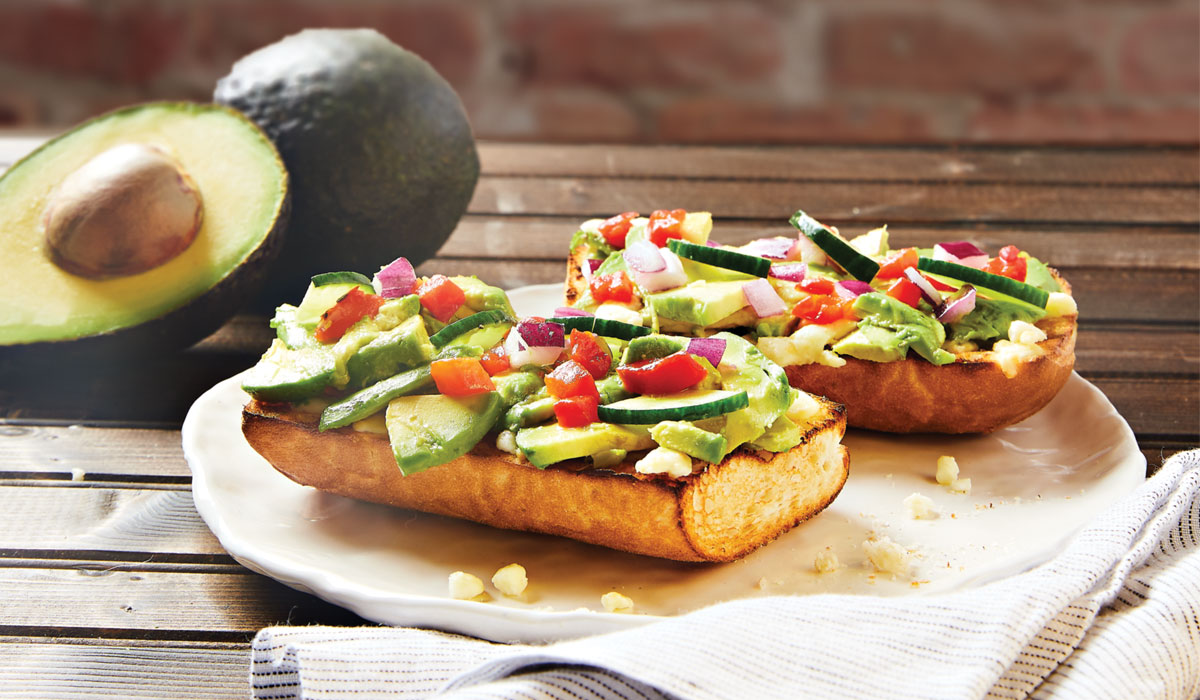Though the future is uncertain, Potbelly CEO Bob Wright said the brand can’t sit around waiting for the economy to return to normal.
The 450-unit brand must be proactive in its path toward topline growth. To formalize that goal, Wright announced a five-pillared strategy aimed at traffic-driven profitability—food quality at great value, positive work environment, customer experiences that drive growth, digitally driven awareness, and franchised-focused development.
Wright said specific initiatives will be shared in Q4, but the foundation for Potbelly’s continued turnaround is underway.
“There’s more that we can do to reinvigorate and better leverage our brand, expand its reach, and continue to build even stronger connections with our customers across the country,” Wright said during the brand’s Q3 earnings call. “… We have an incredible opportunity in front of us to leverage a terrific brand and loyal base of customers to ensure Potbelly returns to growth in a fast-casual space.”
The journey so far has been shaped by financial and operational gains. Company-owned same-store sales dropped 21 percent in Q3 and 19.4 percent in October, an improvement from a 41.5 percent slide in Q2. Additionally, the brand reached unit-level profitability and traffic grew by 21 percentage points.
Earlier in the year, the brand indicated that as many as 100 stores could close. That number was soon brought down to roughly 50, and now, it’s been reduced to 25 to 30 stores. Meanwhile, Potbelly was able to negotiate 280 leases. The closures will result in $3 million in termination fees, but the benefits from lease abatements, restructuring savings, and shop loss are more than $15 million. The restaurant is also expected to save $1 million to $1.5 million in rent per year over the next two to three years.
“We’re turning over every stone. Every place at the shop level and above that we are investing money that’s not getting us a return in terms of customer satisfaction or traffic growth, we’re looking to see what we can do to economize on that,” Wright said.
Above the unit level, Potbelly is reorganizing and restructuring its corporate team to create profitability. CFO Steven Cirulis said the actions will be “fundamental changes in the way we do business and fundamental changes to our cost structure.” The moves will start in November and last through the end of 2020. The brand expects the changes to result in G&A savings of between $3.5 million and $4 million. This is a continuation of cost-saving measures for Potbelly. During the Q2 earnings call, the brand said more than $25 million in costs were cut from G&A, workforce, capital expenditures, and rent.
Wright noted that the current reductions won’t eliminate any positions inside stores.
“This will be accomplished through corporate expense optimization, consolidating our shop support services, and through other expenses and staff reductions,” Wright said. “… This is not a general across-the-board cut, but rather will be focused on where we can gain efficiencies while continuing to support our shops at the highest level.”
These changes will also include a halt to Potbelly’s “Shop of the Future” prototype that featured a streamlined ordering system and new shop design. Wright said the store didn’t accomplish its three primary objectives—reduce investment costs, lower operating costs while improving efficiency, and bring out the best in the brand.
He added that the Potbelly still plans to modernize and update the shop design to refresh aging stores.
“I would say we’ve already made some more nimble adjustments to the last couple of shops that have been built in the franchise population with some success there, too,” Wright said. “I think that we are still focused on those three objectives, but we’re going to make sure that we’re successful in all three of them.”
Potbelly ended Q3 with 406 company-owned shops and 46 franchises. Three new units debuted in the quarter and 14 temporarily closed stores were reopened. Ten more closed locations will come online in Q4. Revenue slid to $72.6 million compared to $104.2 million last year.
Potbelly is headquartered in Chicago, an area that recently re-closed dining rooms because of rising COVID cases. Although the restrictions are recent, the company said it hasn’t seen any ill effects from the closures because consumers have adopted flexible behavior and know to use the brand digitally. Half of the brand’s revenue is from off-premises, compared to 30 percent pre-pandemic.
The restaurant’s revamped Perks Loyalty Program now has roughly 2.1 million members, good for a 32 percent increase year-over-year. Wright said Potbelly is seeing between a 3 and 9 percent increase when focusing on a specific consumer need or business problem. For example, when the chain realized it’s Thursday sales were low, it created a double points program, which improved Thursday sales by 9 percent compared to last year.
“This stuff we’re seeing in the news with the peaks with COVID with the dining rooms that are being closed, we’re going to deal with that,” Wright said. “I think we’ve proven that we can deal with that, the ups and downs of those peaks and valleys even since the beginning of the pandemic and continue to move our sales numbers up and to the right.”
Across its real estate footprint, Potbelly is seeing varying results. Suburban stores, which make up 50 percent of the system, are down 8 percent while urban units are declining 62 percent. However, urban stores make up fewer than 20 percent of the system. Excluding these shops, same-store sales are down 18 percent. Drive-thru stores are thriving with 10 percent growth year-over-year. As a channel, drive-thru sales are up 50 percent.
“We’re fortunate to possess a tremendous brand as evidenced by a set of loyal customers that just keep coming back to Potbelly,” Wright said. “… Potbelly is the sandwich shop with the craveable quality and good vibes of a first-class dive.”









